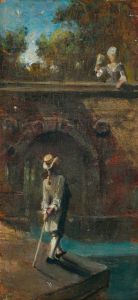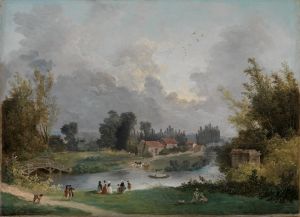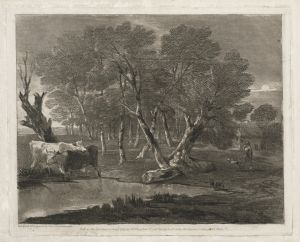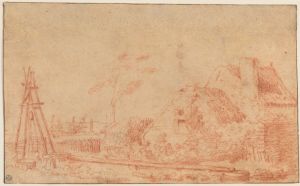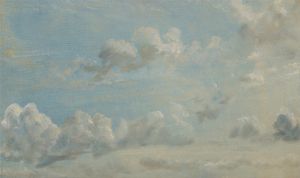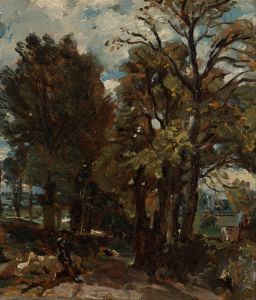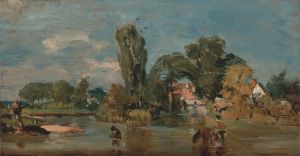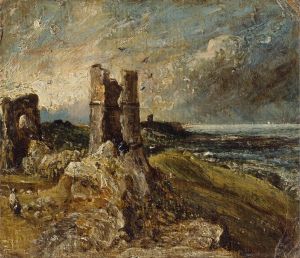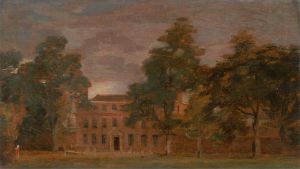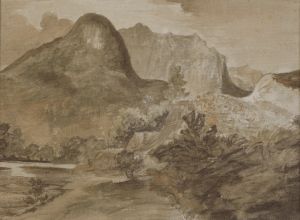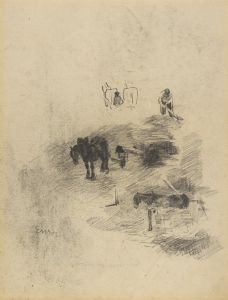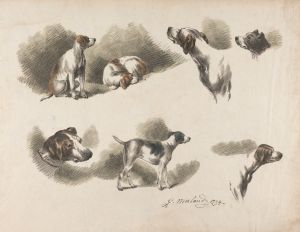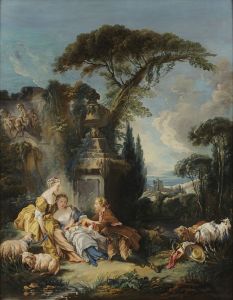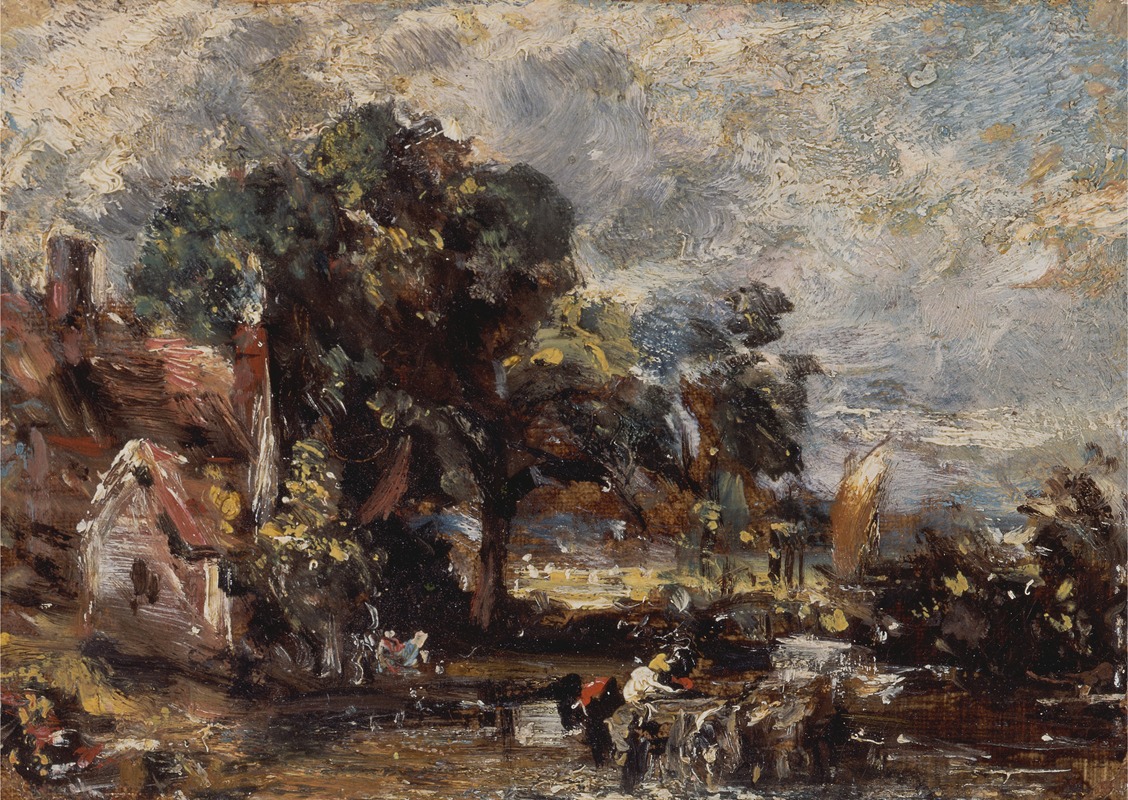
Sketch for ‘The Haywain’
A hand-painted replica of John Constable’s masterpiece Sketch for ‘The Haywain’, meticulously crafted by professional artists to capture the true essence of the original. Each piece is created with museum-quality canvas and rare mineral pigments, carefully painted by experienced artists with delicate brushstrokes and rich, layered colors to perfectly recreate the texture of the original artwork. Unlike machine-printed reproductions, this hand-painted version brings the painting to life, infused with the artist’s emotions and skill in every stroke. Whether for personal collection or home decoration, it instantly elevates the artistic atmosphere of any space.
John Constable's "Sketch for ‘The Haywain’" is an important preparatory work for one of his most celebrated paintings, "The Haywain," completed in 1821. This sketch, like many of Constable's preliminary works, provides insight into his artistic process and his dedication to capturing the natural beauty of the English countryside.
John Constable (1776–1837) was an English Romantic painter renowned for his landscape paintings of Dedham Vale, the area surrounding his home, which is now known as "Constable Country." His works are celebrated for their realistic depiction of nature and the changing effects of light and weather. Constable's approach was revolutionary at the time, as he often painted outdoors, directly observing the landscape, which was a departure from the studio-bound practices of many of his contemporaries.
"The Haywain" itself is a large-scale oil painting that depicts a rural scene on the River Stour between the English counties of Suffolk and Essex. It features a wooden hay wagon, or "wain," being pulled through the shallow water of the river, with a cottage and lush trees in the background. The painting is noted for its vibrant depiction of the English countryside and its atmospheric effects, capturing the essence of a serene summer day.
The sketch for "The Haywain" serves as a vital step in Constable's creative process. It allowed him to experiment with composition, light, and color before committing to the final, larger canvas. This sketch, like many of his studies, was likely painted in oil on paper or a small canvas, a common practice for Constable, who valued the immediacy and flexibility of oil sketches for capturing transient effects of light and weather.
Constable's sketches are characterized by their loose brushwork and dynamic compositions, which convey a sense of movement and spontaneity. These preparatory works were crucial for Constable, as they enabled him to refine his ideas and techniques. The sketch for "The Haywain" likely helped him to resolve the composition and to experiment with the interplay of light and shadow, which are prominent features in the final painting.
While the exact date of the sketch is not always specified, it is understood to have been created in the period leading up to the completion of the final painting in 1821. Constable's sketches were not merely technical exercises; they were integral to his artistic vision and his desire to capture the natural world with authenticity and emotion.
"The Haywain" was exhibited at the Royal Academy in 1821 and, although it did not sell immediately, it later gained significant acclaim, particularly in France, where it influenced the Barbizon School and the development of Impressionism. Constable's innovative approach to landscape painting, as evidenced in both his sketches and finished works, left a lasting impact on the art world, challenging traditional conventions and paving the way for future generations of artists.
In summary, the "Sketch for ‘The Haywain’" is a testament to John Constable's meticulous preparation and his pioneering approach to landscape painting. Through his sketches, Constable was able to explore and refine his ideas, ultimately creating works that captured the beauty and essence of the English countryside with unprecedented realism and emotional depth.





